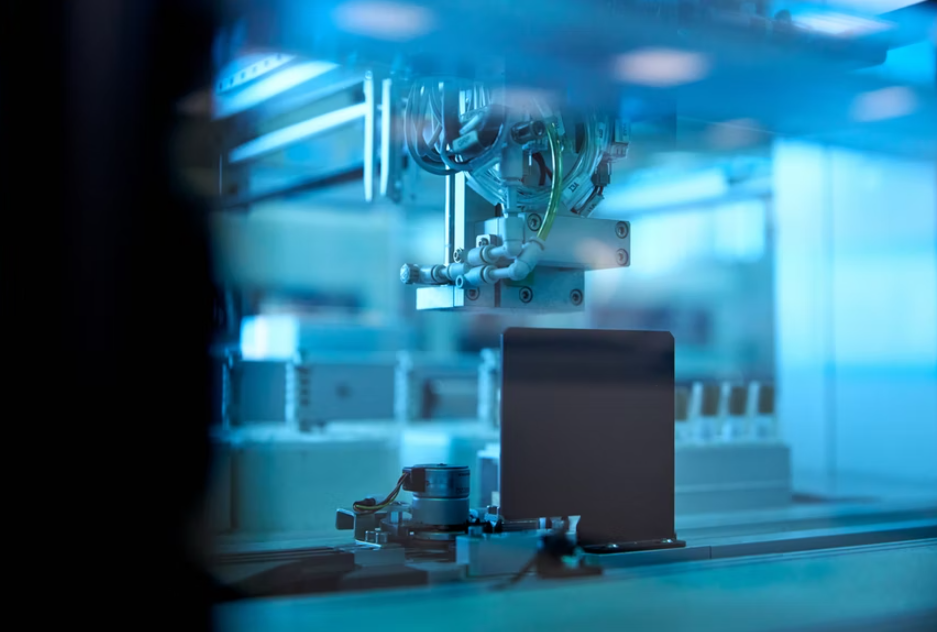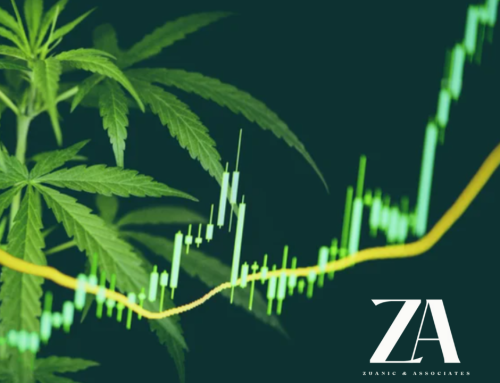The global laboratory proficiency testing market is projected to reach USD 1.4 billion by 2026 from USD 1.0 billion in 2021
New York – Reportlinker.com announces the release of the report “Laboratory Proficiency Testing Market by Industry, by Technology – Global Forecast to 2026” –
PT forms an essential precondition for operational excellence and accreditation in several industries. This is one of the major factors driving the growth of the laboratory proficiency testing market globally. Also, the stringent safety and quality regulations for food and pharmaceutical products and the increasing focus on water testing are the other major factors supporting market growth. However, the requirement of high capital investments for accurate and sensitive testing is expected to restrain the growth of this market during the forecast period.
Clinical Diagnostics held the largest share during the forecast period.
Based on industry, the laboratory proficiency testing market is segmented into clinical diagnostics, food & animal feed, pharmaceuticals, microbiology, environmental, water, biologics, commercial beverages, cannabis/opioids, cosmetics, dietary supplements, and nutraceuticals.In 2020, the clinical diagnostics segment accounted for the largest share of the laboratory proficiency testing market.
The large share of this segment is attributed to the development of complex diagnostic tests and the need for early diagnosis, which makes quality management with the use of proficiency testing an essential aspect of clinical diagnostics.
The cell culture segment held the largest share during the forecast period.
Based on technology, the global laboratory proficiency testing market has been segmented into spectrophotometry, chromatography, PCR, immunoassays, cell culture, and other technologies.The cell culture segment accounted for the largest share of the laboratory proficiency testing market in 2020.
Growing awareness regarding the use of cell cultures in the production and testing of various clinical diagnostics samples, microbiology samples, and biopharmaceuticals is supporting the growth of this market.
Asia Pacific projected to grow at the highest CAGR during the forecast period.
The Asia Pacific is projected to record the highest growth rate in the laboratory proficiency testing market during the forecast period.The presence of emerging economies such as China and India and the significant growth in outsourcing services in the past few years, China and India have emerged as high-growth markets for laboratory proficiency testing.
South Korea is another growing market in the APAC region.Other than these APAC countries, Latin American countries also show significant growth potential for the laboratory proficiency testing market.
Most of this growth is driven by the significant growth in the healthcare industry, low-cost manufacturing advantage, technological advancements in the clinical diagnostics, microbiology, and pharmaceutical industries, growth opportunities in emerging countries like India, China, and South Korea, and stringent safety and quality regulations for food and pharmaceuticals products in this region.
In-depth interviews were conducted with Chief Executive Officers (CEOs), marketing directors, other innovation and technology directors, and executives from various key organizations operating in the laboratory proficiency testing market.
•?By Company Type: Tier 1: 40%, Tier 2: 30%, and Tier 3: 30%
•?By Designation: C-level Executives: 27%, Directors: 18%, and Others: 55%
•?By Region: North America: 30%, Europe: 35%, APAC: 15%, Latin America: 10% and Middle East & Africa: 5%
The prominent players in the laboratory proficiency testing market are LGC Limited (UK), American Proficiency Institute (US), College of American Pathologists (US), Bio-Rad Laboratories (US), Randox Laboratories (UK), Merck (Germany), Fapas (UK), Waters Corporation (US), Weqas (UK), AOAC INTERNATIONAL (US), BIPEA (France), NSI Lab Solutions (US), Absolute Solutions (US), Trilogy Analytical Laboratories (US), Advanced Analytical Solutions (US), American Industrial Hygiene Association (US), Matrix Sciences (US), Aashvi Proficiency Testing & Analytical Services (India), and Global Proficiency (New Zealand).
Research Coverage:
This report describes and studies the global laboratory proficiency testing market-based industry, technology, and regional level.It provides detailed information regarding the major factors influencing the growth of this market.
The report includes an in-depth competitive analysis and the product matrix of the prominent players in this market, along with their company profiles, product portfolios, recent developments, and MNM overview.
Key Benefits of Buying the Report:
The report will help market leaders/new entrants in this market and provide information regarding the closest approximations of the revenue numbers for the overall laboratory proficiency testing market and its subsegments.This report will help stakeholders to understand the competitive landscape, to gain more insights to better position their businesses, and to plan suitable go-to-market strategies.
The report will also help the stakeholders to understand the pulse of the market and provide information on key market drivers, restraints, opportunities, and challenges.
This report provides insights on:
• Market Penetration: Comprehensive information on the product portfolios of the top players in the laboratory proficiency testing market. The report analyzes this market by industry, technology, and region
• Market Development: Comprehensive information on the lucrative emerging markets, by industry, technology and region
• Market Diversification: Exhaustive information about the product portfolios, growing geographies, recent developments, and investments in the laboratory proficiency testing market
• Competitive Assessment: In-depth assessment of market shares, growth strategies, product offerings, and capabilities of the leading players in the laboratory proficiency testing market
(This information is primarily sourced from Reportlinker. Highly Capitalized has neither approved nor disapproved the contents of this news release. Read our Disclaimer here).



































